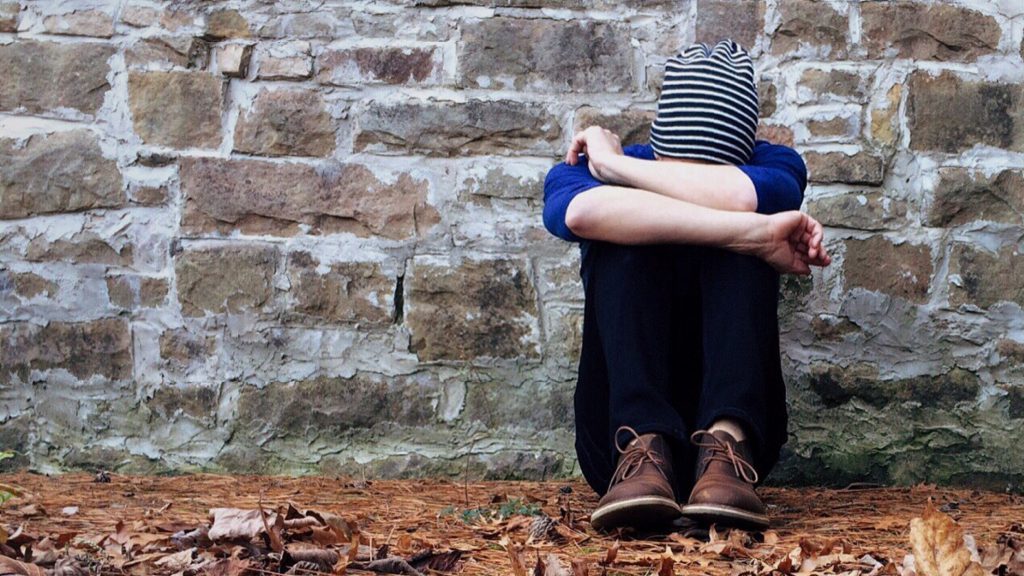More youth are experiencing mental health challenges compared to five years ago.
That’s according to a survey that was done by the McCreary Centre Society, for the North Vancouver Island region.
It was completed by over 38,000 of the province’s Grade 7–12 students, including in the North Vancouver Island Health Service Delivery Area.
That region is made up of four school districts: Comox Valley, Campbell River, Vancouver Island West, and Vancouver Island North.
The North Vancouver Island survey also shows that the youth feel like they are less likely to get mental health help when they needed it.
“The local results show that we need to keep working in this area, especially when we see 18 per cent of students felt they needed mental health services but did not receive these,” McCreary’s executive director Annie Smith explained.
“The survey results also show us that youth are wanting to talk about mental health, as it was by far the most common topic they were asking for more information and curriculum about, including wanting to know how to better manage stress, and where and when to seek help.”
Smith said this was a common theme in many regions.
“At a provincial level, we saw a lot of what we’ve seen locally, which was more young people reporting anxiety and depression, more young people missing out on mental health services, less young people rating their mental health positively, so this region was not unique in terms of the mental health picture.”
Smith said that while the mental health results are “concerning,” there were also lots of positives in the local findings.
This includes most youth feeling connected to family and school, and more feeling connected to their community.
Smith added that more are reporting that they have an adult in their community “who really cares about them than we saw five years ago.”
Bucking declining trends in physical activity seen elsewhere, local students were also more likely to be meeting Canadian Physical Activity Guidelines than five years earlier.
The 2018 BC Adolescent Health Survey was conducted in 58 of BC’s 60 school districts and is the sixth time students have been asked to complete it since 1992.
Participation was the highest since the survey began, and the results are considered to represent over 95 per cent of mainstream school students in Grades 7–12 in the province.
All have participated in the survey since 2008.
For the first time, schools in the Conseil scolaire francophone School District (SD93) also participated in the survey.
The survey provides information about health trends, and about risk and protective factors that can influence young people’s health and development.
It includes 140 questions asking youth about their perceptions of their current physical and mental health, their engagement in health-promoting and health risk behaviours, and about factors that can contribute to a healthy transition to adulthood.
Smith said they dedicated this report to former local school principal, Jeff Stewart who passed away recently and was a passionate advocate for improving mental health supports to young people.






